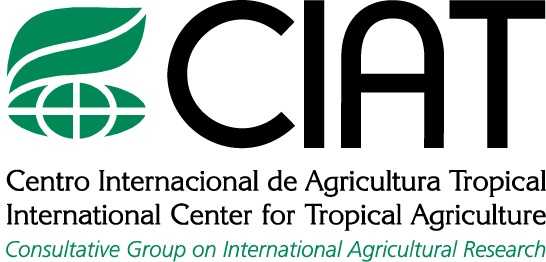* by Wendy Francesconi
The 2nd International Symposium on Coffee titled “Coffee and Climate Change” took place last October 23rd, 2015 during the ExpoCafé fair in Lima, Peru.
In anticipation of the potential impacts of climate change on the production of coffee, the event aimed to identify mayor challenges and potential solutions.
Given CIAT’s extensive experience on the subject, we were invited to present some of our recent and most relevant research findings.
Using an integrated analytical framework developed by CIAT, coffee vulnerability to climate change has been assessed in Mesoamerica (Link Article).
Yet changes in crop suitability for coffee have also been studied for global production (Link Article), along with the impact of potential mitigation strategies (Link Articles: “Shade Coffee: Update on a Disappearing Refuge for Biodiversity” and “Carbon footprints and carbon stocks reveal climate-friendly coffee production).
In the Andes region, which includes Peru, increases in precipitation (from 100 to 170mm), longer drought periods (additional 1 to 2 months), and changes in the elevation range (from 500 – 1500 to 1000 – 2800 masl) will result in a reduction of the area suitable today for coffee production. Given the climate change impacts to be expected, what can coffee producers in Peru do?
In the Mesoamerica case, the application of CIAT’s research framework also identified what aspects of coffee production would be more sensitive and less resilient among producers when confronted with the effects of climate change.
Using this information, along with the inclusive participation of stakeholders, site specific adaptation strategies can be developed to avoid costly and the adoption of less environmentally friendly solutions.
In Nicaragua for example, CIAT’s research findings have contributed to de creation of a national plan that targets and provides technical, infrastructure, and logistical support to those coffee farming communities to be most affected by climate change (Link Article: “Climate change adaptation, mitigation and livelihood benefits in coffee production: where are the synergies?”).
As in Nicaragua, mitigation and adaptation options are available for coffee producers elsewhere, the challenge is to bring together farmers, public, private, and non-profit organizations to engage in national strategies that could strengthen a farmer’s ability to confront the changes in climate and compensate any expected reductions in coffee production.


















